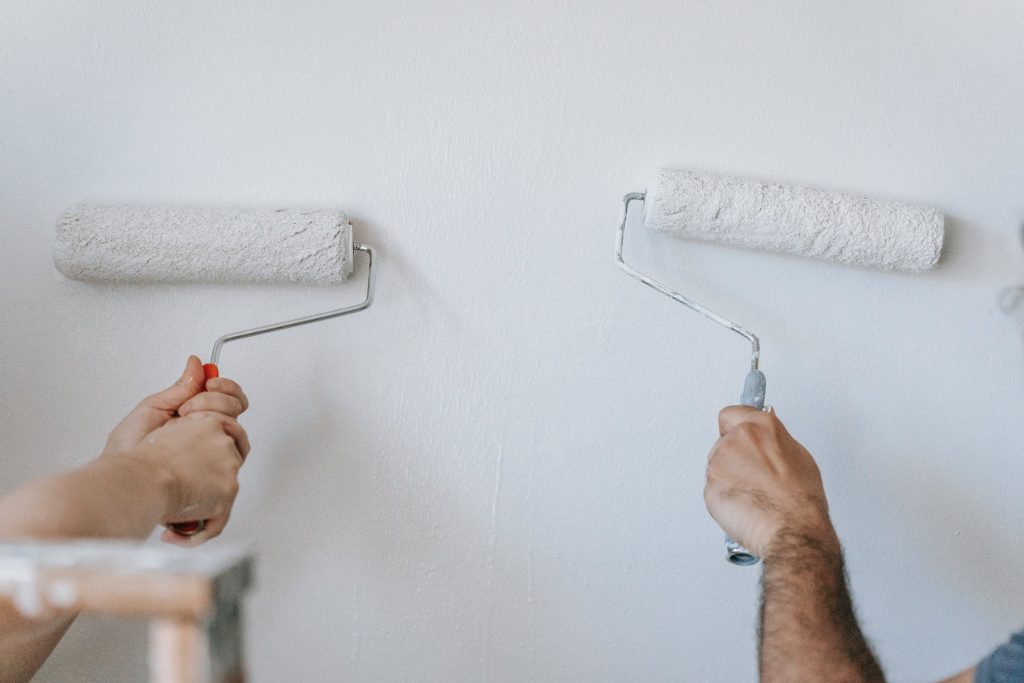Here’s your opportunity to gain experience from the mistakes made by others and avoid some of the classic problems that can occur you when you decide to indulge in a home-improvement project.
Location, Location, Location
Remember, the best time to consider selling your property is when you are buying. The most beautiful renovations aren’t going to give you great financial returns if your property backs on to the local refuse site or major freeway. Getting the location right is essential; being in the wrong neighbourhood means you are stung before you’ve even started.
Preparing a Work Plan
A day-by-day calendar, outlining each portion of your work and how many hours it will take to complete is essential to keep to your period. It will keep you on schedule and give you a realistic period beginning to end. For example, tiling a room will take more than a day because it takes 24 hours for the area to cure and dry, then a further 24 hours until you can walk on it.
Obtaining Permits
There do not appear to be many hard and fast rules between different cities about acquiring permits. It is always worth getting a license because it is against the law to not comply if one is required. Here are some reasons to do so.
Inspectors will see the job is done correctly and to local regulations. Many buyers don’t want to consider buying a home that has had work done without a permit. Also, if you’re reported, and an inspector discovers you have completed work without a license, you might be required to take your work apart and start again.
Budgeting
It is good practice to itemize every bit of material in your estimates, including items such as the cost of nails, staples, and tape. All these mundane items add up. Account for approximately 15% of the budget for materials to be wasted. Add another 30% for price increases, especially if you’re not buying all your materials in one go.
Are You Qualified for the Job?
Before you start a job make sure that you have the skills to complete the work yourself rather than get halfway and must quit. Some projects simply require more than one person. Be careful not to over-extend yourself, especially if working at heights or carrying heavy loads; get someone else to help.
Plan for the Unexpected
It’s a clever idea to allow for some leeway in your budget for unpleasant surprises you could discover during work. A pest infection will require eradication and possibly even structural repair if the damage is extensive. You may discover hidden wiring that needs to be removed or replaced, pipes that need to be moved or rerouted or moisture problems that have rotted away joists or sills.
Get a Home Inspection!
Always get a home inspection done before you commit to buying. You must hire a qualified inspector. Make sure you hire a licensed and accredited inspector to perform the task, not someone you know through a friend who knows a little bit about housing and interior design. Ensure you are there for the inspection and pay incredibly close attention to any safety concerns the inspector may have.
Use the Right Tools for the Job
When it comes to tools, you are better off buying professional tools made to perform specific jobs. A low power cordless drill won’t drive six-inch screws through a beam!
Being safe is the most important part of doing this kind of work.
Make sure you wear goggles when using any power saw, avoid standing on the top rung of a ladder, and if you’re working with electricity, always hit the main breaker.
Don’t Buy Cheap Materials
Buyers will notice if you skimp on materials, and you need the quality of your work to show on your property. Even better, you won’t be getting phone calls after escrow closes complaining about faulty appliances or cracks appearing around the home. If you are a careful shopper, you can get discounts on brand name materials that allow prospective buyers to estimate how much you’ve spent on the property.
Estimating the Resale Value of Your Property
It’s wise to check the comparable sales of comparable homes in the neighbourhood to see if the improvements you are making are in-line with other properties in the area. You can avoid over-improving this way. If you plan for the lower end of these sales figures as a return on your investment, anything over that is a bonus.




